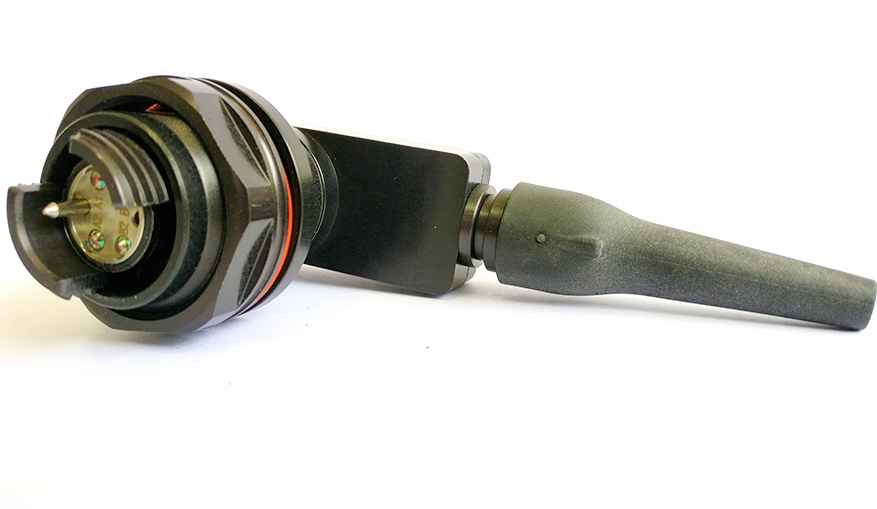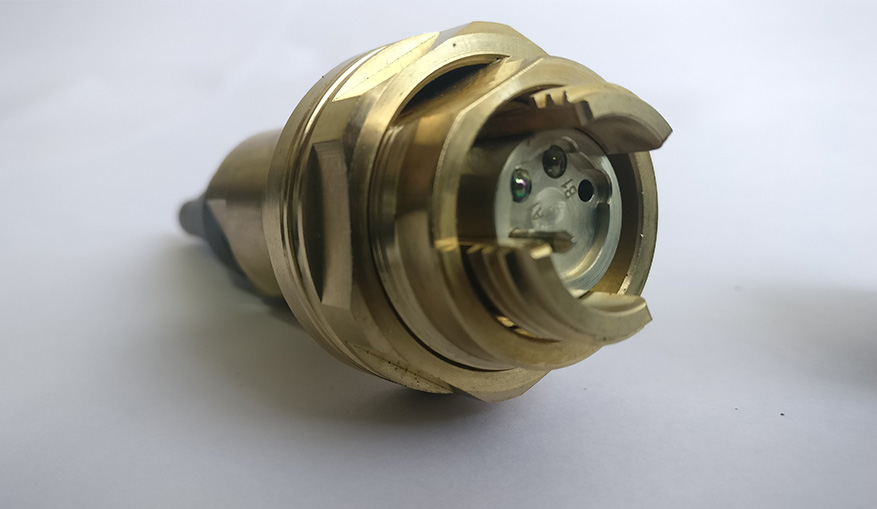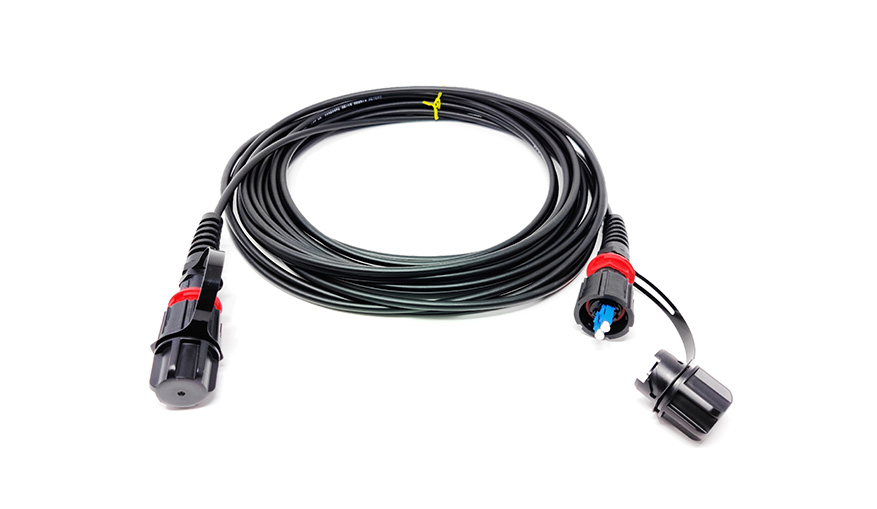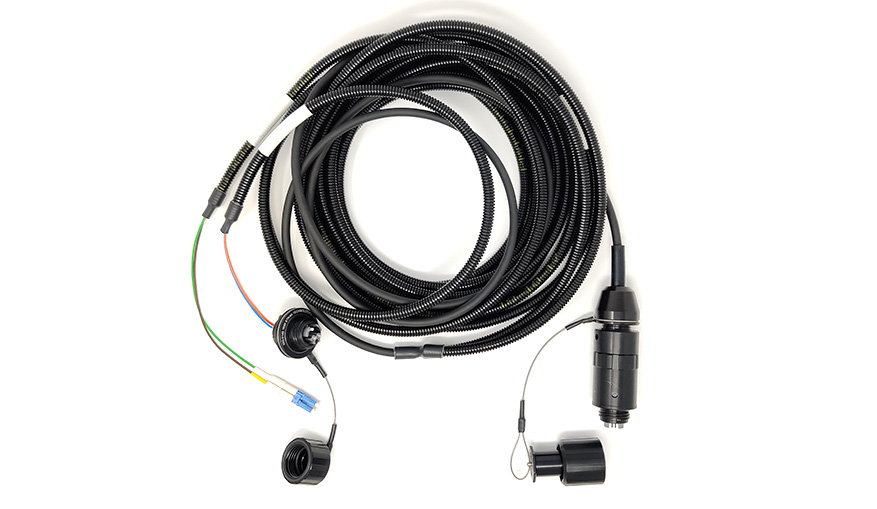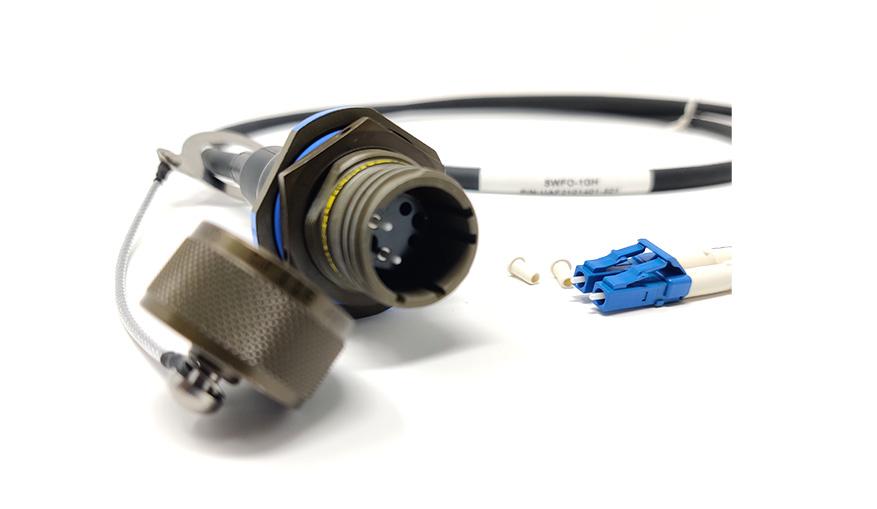Fiber Optics (FO) is a fascinating technology which enables communication by way of a connection that offers higher “Reliability”, “Speed” and “Bandwidth” than the wired cables. It is amazing to see that a thin, transparent fiber drawn out of glass (silica) with a diameter slightly thicker than that of the human hair is the most widely used channel of communication connecting continents to meet the communication needs of billions of people in an efficient and reliable manner.
Optical fibers are flexible and are capable of being bundled into cables & customized packaging which allow them to be used in long distance communications supporting lower levels of attenuation, higher speeds, and larger bandwidths.
Functional Areas

Ground Tactical Communication Systems

Weapon Communication Systems

Data Centre Networks

Naval & Defence Communication Systems
Competence
- Aerospace & Defence communication & surveillance networks
- Hyperscale & Enterprise Datacenter networks
- Industrial Automation Mining, Geo-Exploration, Oil & Gas segments (harsh environments)
- Single Fiber & Multifiber FO Interconnectivity products,
- Modular Assemblies & Value-Add products. Fiber Counts
- Varying from 1f – 192f in cable assemblies & 6f – 1008f in modular assemblies.
- Transitions breakouts of Heat shrink Over-moulded, Metal & Plastic split-half breakouts with potting.
Technology
- Supporting lower attenuation in transmission over long distances
- Supports higher bandwidth, better signal strength, symmetric speeds in transmission & eliminates latency issues in networks
- Being immune to electromagnetic interference (EMI) & electromagnetic pulse (EMP) as optical fiber is an insulator
- Offers higher reliability & security in networks where deployed
- Being Light in weight & flexible makes it require less space for installation
- Capable of being packaged / bundled into cables with ruggedized constructions yet being flexible & light makes it an ideal communication link in Tactical & airborne networks.
Infrastructure
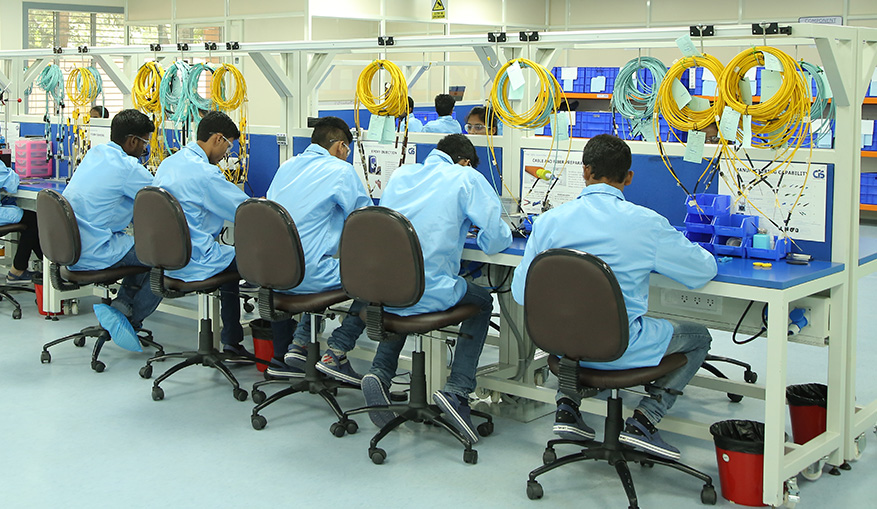 Shop Floor
Shop Floor
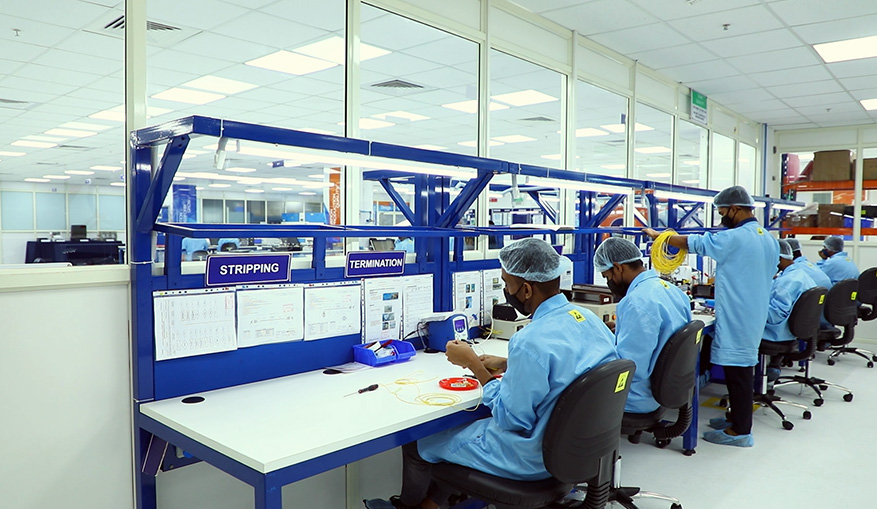 Processing
Processing
 Testing
Testing
 Data Centre
Data Centre
Our Expertise

Aerospace & Defence

Data Centre Network

Value Add Fibre Optic Solutions

Industrial Networks
Sample Portfolio
